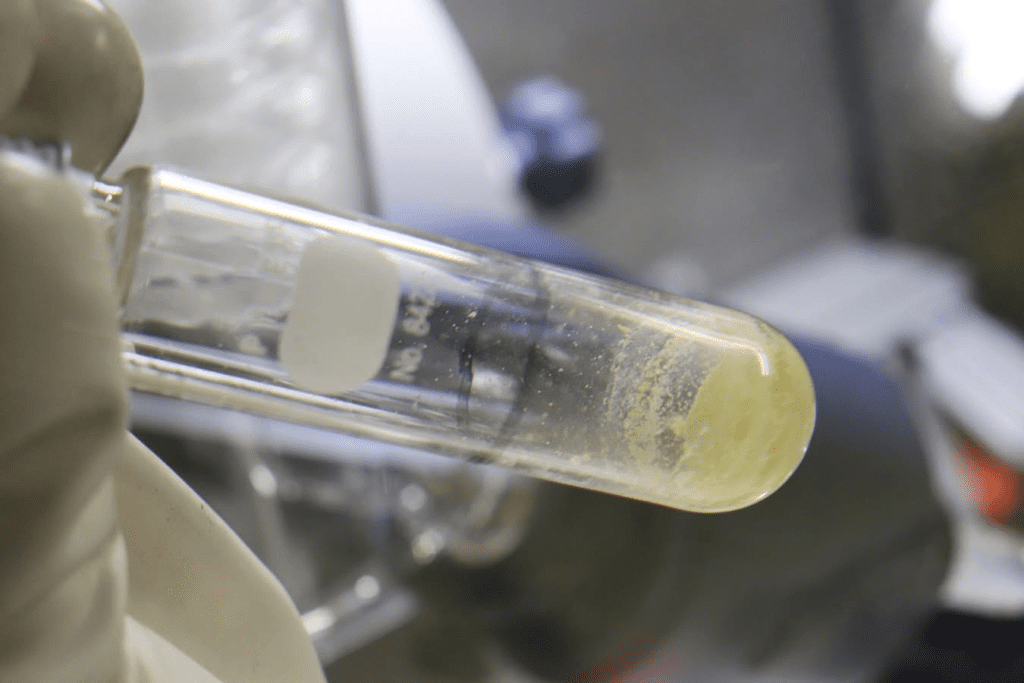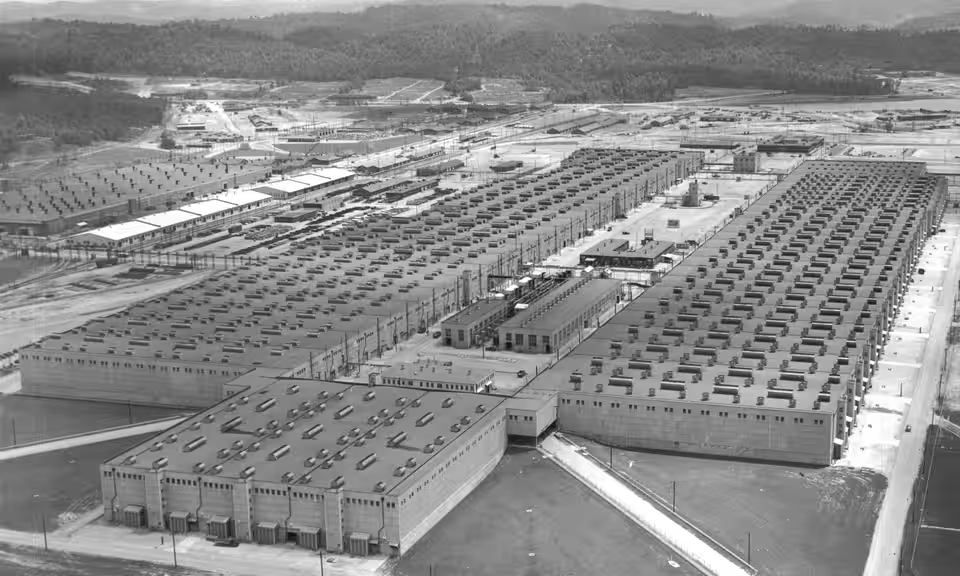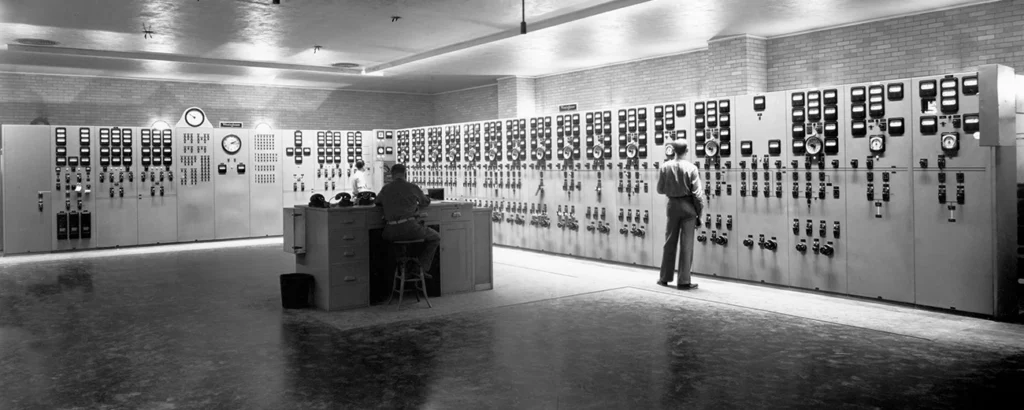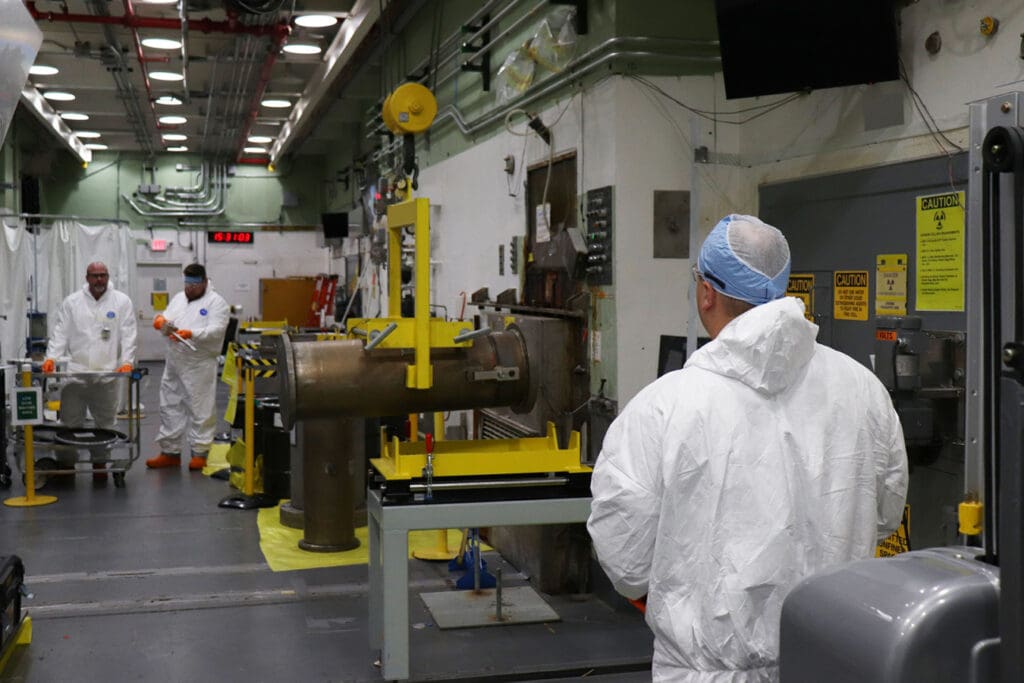Former Secret City Produces Cancer Treatment Breakthrough
By: Roger Sigmon – Wise News Network
Oak Ridge, TN (WNN)— The federal government swiftly and quietly buys up tens of thousands of acres and demolishes all homes, after evicting all residents of the sparsely populated farming community hidden by mountains and a lake. An entire planned community is created in just six months. A top-secret military facility is created during a world war, and no records of the new town exist on any map or on any public documents.

The catalyst for a weapon of mass destruction is enriched and deployed to end a war. For more than eighty years, as the factories are demolished and the uranium is “cleaned up” to be permanently disposed, an extremely rare, critical isotope is extracted that is used to treat previously untreatable types of cancer.
If you think this sounds as if an imaginative author is talking about his latest manuscript, you would be wrong. Many times, truth is stranger than fiction, as is the case when discovering two major contributions to the world by some of the top minds in Oak Ridge, Tennessee.
A Medical Breakthrough Appears from a Historic Site
A huge boost to combating cancer has been produced at the former site of one of the three “Secret Cities” of the Manhattan Project from the World War II era. Some backstories on the history of Oak Ridge and its contributions to ending World War II will follow shortly, first, the most recent contribution to the world.
The Oak Ridge Office of Environmental Management (OREM) recently announced that employees of Isotek have extracted more than 15 grams of thorium-229 while processing and disposing of the nation’s inventory of uranium-233. This has been stored at Oak Ridge National Laboratory (ORNL).

TerraPower, a partner of Isotek, further extracts actinium-225 from the thorium-229. This is a critical component in producing a targeted alpha therapy treatment for several types of cancer previously thought untreatable, such as prostate cancer, myeloid leukemia, and breast cancer. Researchers have stated that these types of treatments selectively target and destroy cancer cells while avoiding damage to nearby healthy cells.
Increasing the Global Supply of Life-Saving Isotopes
What makes this so groundbreaking? Before this recent successful extraction, the world’s supply of thorium was 1 gram. The work in Oak Ridge has increased the worldwide supply by 1500%. This amazing accomplishment means Terrapower currently has enough thorium-229 to produce actinium at a commercial scale.
Hopefully, by the end of the project, Isotek will have extracted 40 grams of thorium-229. Officials at OREM have suggested this will be enough to create 100 times more doses of treatments annually than the present rate on a worldwide scale. In a recent press release, Isotek president and project manager, Sarah Schaefer, said, “We are incredibly proud to have reached this milestone; this is the result of years of hard work and great attention by the operation teams.”
The Origins of Oak Ridge’s Secret Mission
So, how did an abundance of uranium end up in this rural city 25 miles from Knoxville, TN? Currently located in both Anderson and Roane counties, with a population of 31,402, this city did not officially exist in the early 1940s.
In late 1942, the federal government began planning the creation of three secret cities to carry out various stages of the Manhattan Project, a massive American, British, and Canadian operation that would ultimately create two atomic bombs and force an end to World War II. Erroneous intel had suggested Hitler was very close to acquiring an atomic bomb, resulting in the creation of the project. The other two secret cities were in Los Alamos, New Mexico, and Hanford, Washington.
Oak Ridge was selected for its ideal location with natural boundaries that could easily conceal activity within the city, and its small population of around 3,000 residents would allow for an inexpensive land grab. Residents were evicted with little notice, and land was purchased at $46.86 per acre. Construction began in 1943 and was completed in around six months. All three cities were ordinary-looking cities, with what looked like they were ordinary factories.
A Look Inside the Invisible City
The exception was the K-25 building, which in 1944 was the world’s largest building, covering half a mile in length and 1,000 feet wide with 54 continuous four-story buildings. Floor space was an astonishing 5,264,000 square feet. In all, the government forcibly purchased almost 60,000 acres of farmland and created a planned community in a 17-mile-long valley.

mile-long valley. The only thing not included was an airport to eliminate discovery from the sky. Everyone over the age of 12 was issued an ID badge, and a security checkpoint was placed at the entrance to the city. Oak Ridge was purposely left off all the maps, and no one would admit it existed.
The sensitive nature of the project demanded secrecy, and most of the employees had no clue what was being built. They were sworn to secrecy and were not told of the nature of their jobs, only that it was aiding the war effort and was top secret.
The new secret city began with a population of 13,000 and by the end of the war had reached a peak of 75,000. They would learn in 1945 that the atomic bomb known as “Little Boy”, which was dropped on Hiroshima, Japan, was fueled by the uranium that was being enriched in their facilities. The secret was now out. Reactions were mixed; some were thrilled to have played a small part in ending the war, while others were sickened by the thought that they had a hand in the death of so many people.

A Lasting Legacy in Science and Defense
All three secret cities remained part of the military industrial complex. They continued throughout the cold war working on nuclear weapons and performing scientific research. Presently, ORNL, Y-12 National Security Complex along with several private nuclear and scientific facilities play a crucial role in scientific and technological development.
Originally, Y-12, K-25, and S-50 plants were built to separate the fissile isotope uranium-235 from natural uranium, which consists mostly of the isotope uranium-238. Soon after the end of the war, the S-50 building, once used for liquid thermal fusion, was demolished.
The K-25 building, where uranium was enriched by gaseous diffusion until 1985 was demolished from 2013-2015. Two of the four major plants from the war era remain in use. Y-12, originally utilized for the electromagnetic separation of uranium, is now used for nuclear weapons processing and materials storage. X-10, originally the site of a graphite test reactor, is now Oak Ridge National Laboratory (ORNL).

From Destruction to Healing: The Ongoing Impact of Atomic Research
The debate has raged for nearly a century as to whether more lives were saved by deploying atomic bombs or if it was a grotesque war crime. No matter which side of the argument one might find themselves on, the research has contributed to the creation of cleaner energy and exciting medical advances.
There will never be complete agreement on the validity of the original purpose of the secret cities, however, it is easy to agree that using the uranium that was once intended for use in warfare, now being used to fight the war on cancer, is admirable.
For more WNN video news stories, visit YouTube: https://www.youtube.com/@wisenewsnetwork
For further WNN articles and news stories, visit https://wisenewsnetwork.com
Contact WNN at [email protected]
Copyright 2025 Wise News Network. All rights reserved.
